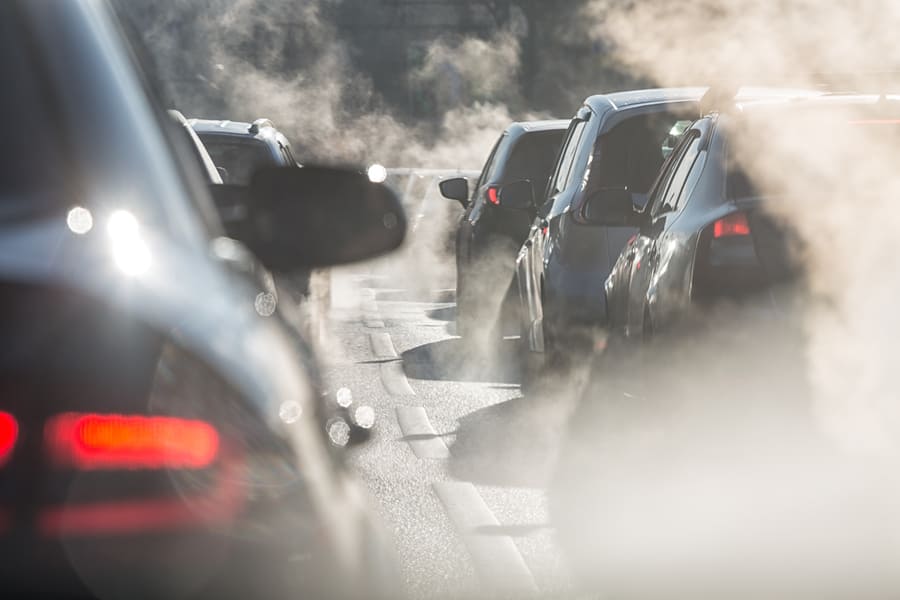
In winter, many drivers tend to let the engine run warm/idle while stationary. The heater provides pleasant warmth inside and takes care of defrosting the windows. However, when you do this, you pollute the environment and also run the risk of both technical and financial problems.
Do not run the engine unnecessarily
Especially when warming up at a standstill, the car engine warms up more slowly than when you drive quickly. In addition, it consumes just as much fuel in three minutes of warm-up time as it does in one kilometre of driving. Your vehicle reaches its optimal operating temperature most quickly when you drive it in the medium speed range. In contrast, engines emit twice to three times the amount of exhaust gases when cold. In addition, they are considerably louder due to the higher speeds which is unpleasant for other drivers and pedestrians as well.
What happens when you idle

Many drivers do not have a carport or garage. Therefore, they associate the cold season with an unpopular ritual: sweeping snow and scraping ice from the car to get a clear view. This is usually done with the engine running in the belief that preheating at idle will protect it. In fact, the opposite is true — if you leave it running when stationary, it will not burn the petrol completely.
When you leave your car running you risk starter problems, engine damage, and damage to the catalytic converter, as the oil remains viscous. In the cold phase, the condensed petrol mixture settles on the cylinder walls and washes off the oil film. Since this causes fuel to enter the oil pan, the oil dilutes, increasing wear. Due to this dilution, the engine lubrication is worse when cold than when driving. If you preheat your vehicle regularly, the worst case scenario is a piston seizure or the camshaft breaking down.
Even if you only warm up the engine only to remove ice – this will still cause damage to your car. Ice sprays, an ice scraper, or a thermal mat are other effective methods. If you still don’t want to do without a preheated vehicle, consider purchasing a parking heater. This will also add resale value if and when you decide to sell it.
Brake damage
Another factor that speaks against idling on downhill slopes is the additional wear on the brakes. Since the engine brake does not work when idling, the brakes must be continuously tapped lightly when going downhill in order not to build up too much speed.
However, this can cause the brakes to overheat and not work as well. Another problem is that the brake fluid absorbs water over time. This reduces the boiling point of the brake fluid and, if the brakes overheat, can lead to steam bubbles in the brake system. The consequence – a total failure of the brake system.
Why is coasting downhill prohibited?
Apart from the fact that the desired fuel-saving effect is not achieved by rolling downhill at idle speed, it is also prohibited. If you let the vehicle roll on a downhill slope without a gear, you deactivate the brake. This means that the car does not brake by itself. You could exceed speed limits quickly and other road users are put in danger.
Switching off
When the vehicle’s engine is switched off, it logically does not consume fuel. Nevertheless, it must never be switched off while driving, otherwise there is a potential danger to life. Because without the energy of the engine, various safety precautions of the car simply fall away. You suddenly “drive” without power steering and brake booster. Furthermore, there is a risk that the steering wheel lock will engage. That would be fatal while driving and could lead to serious traffic accidents. Switching off the engine is therefore not an option for saving fuel. There are many ways to reduce fuel consumption – coasting downhill should not be one of them.
Can I charge my battery while idling?
A 20-minute charge is one way to get some extra “oomph”, but we don’t recommend this. Most contemporary vehicles have smart battery management systems designed to help prolong the service life of the battery. This technology might reduce the vehicle’s charging capacity while idling or driving at reduced speeds. Therefore, if you’re not going at higher RPMs, your battery won’t charge very much.
Can I be fined for leaving my car running?
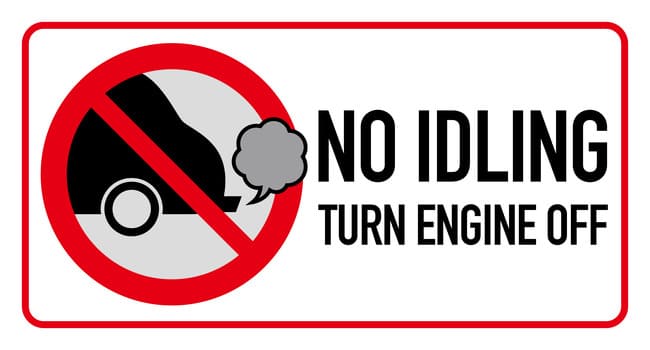
Yes. You are prohibited from leaving it running when the vehicle is stationary. You may be fined between 10£ and upwards, depending on where you live in the UK, for failing to comply with this regulation. As a lorry has an air brake system, running the engine is unavoidable in order to fill up the brake system – therefore exceptions exist. You can find these listed in the “Construction and Use Regulations”.



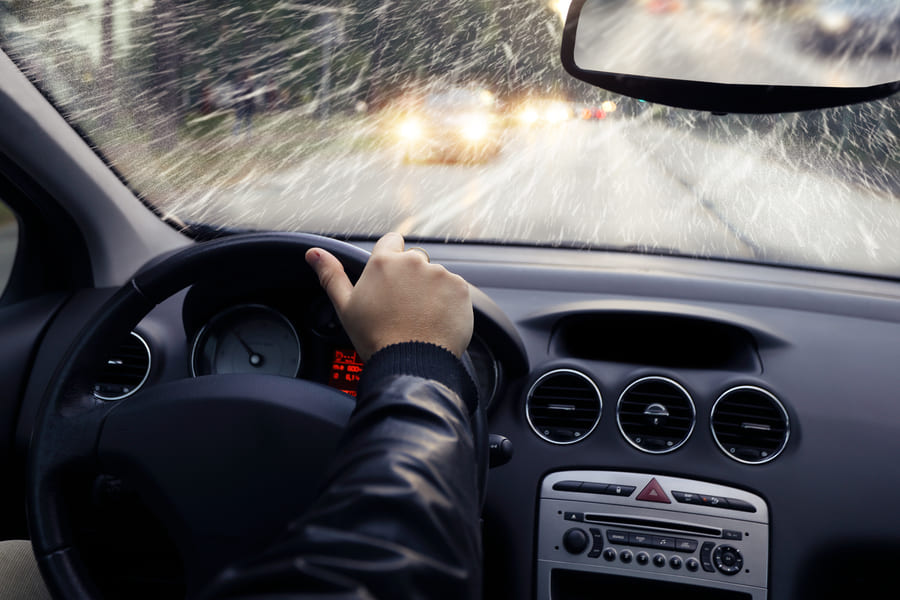
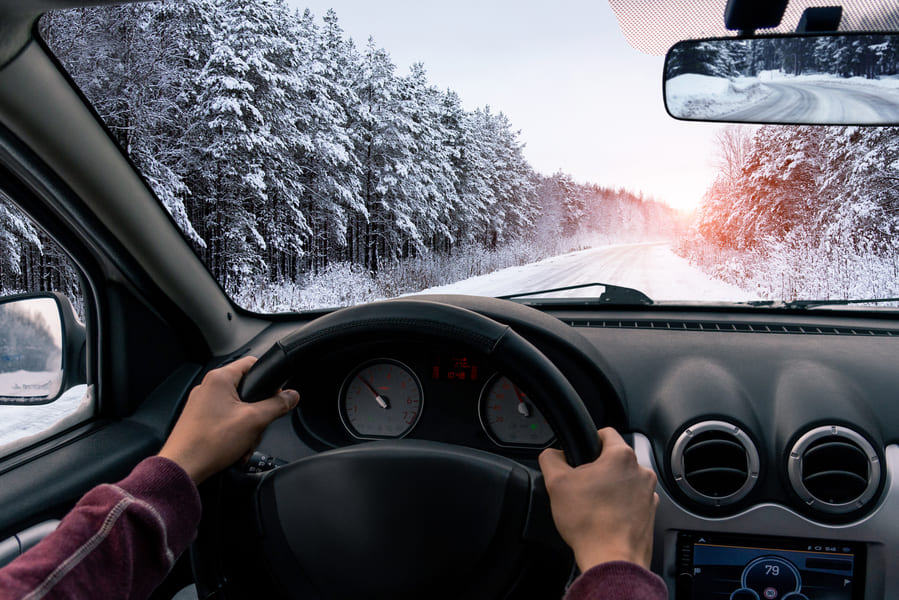
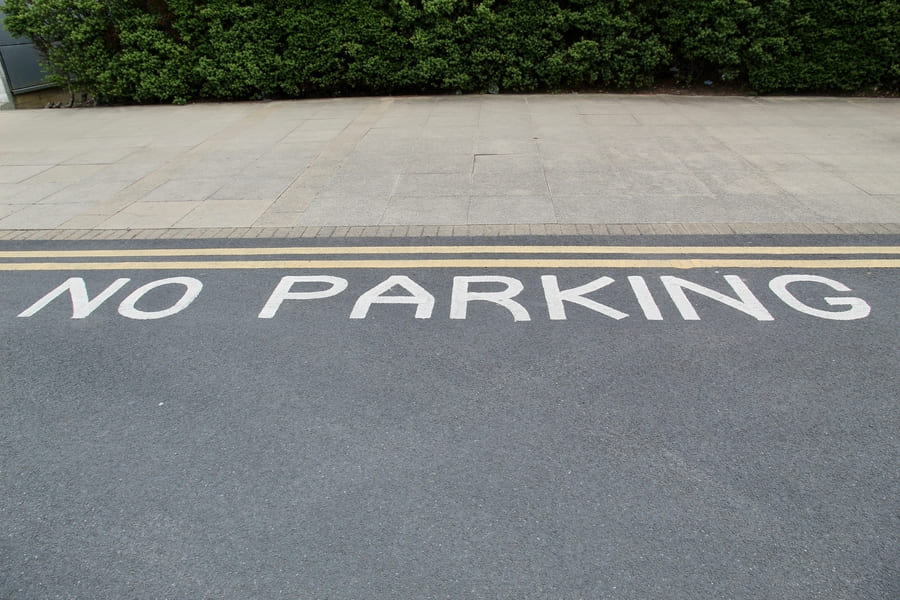
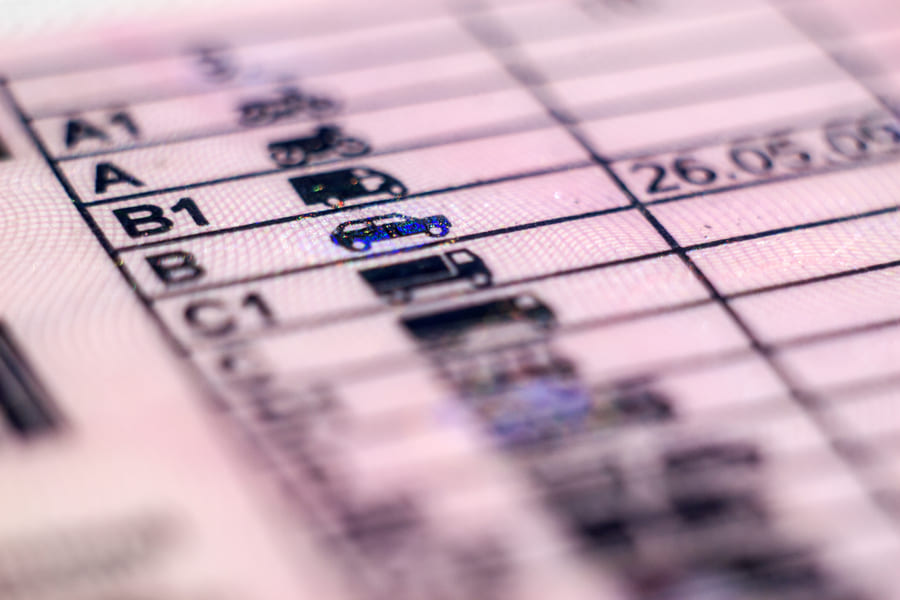

Comment